Classical Guitar Pedagogy
A Handbook for Teachers
-
Ships in 1 to 2 weeks
Details
Description
SKU: MB.95638
A Handbook for Teachers. Composed by Anthony L Glise. Style, Technique, Theory and Reference, Perfect binding. Anthony Glise Urtext Edition. Classic. Book. 296 pages. Mel Bay Publications, Inc #95638. Published by Mel Bay Publications, Inc (MB.95638).ISBN 9780786613809. UPC: 796279037594. 8.75 x 11.75 inches.
This comprehensive, illustrated text offers an in-depth look at the mechanics and musical thought process of teaching the classical guitar the why rather than the how the classical guitarist does things a certain way. In the authors words, Classical Guitar Pedagogy is the study of how to teach guitarists to teach. This university-level text will be of enormous assistance to the teacher in explaining the musical, anatomical, technical, and psychological underpinning of guitar performance. It contains ideas and techniques to help organize your teaching more efficiently, plus tips on career development as a classical guitar teacher and performer. If you make your living as a classical guitar teacher/performer you owe it to yourself and your students to get this book.
Song List (102)
- Preface
- Publishing Credits
- Introduction
- BOOK I: PRINCIPLES OF TECHNIQUE
- Introduction to Book I
- Chapter One - Sitting
- Position of the Instrument
- Position of the Arms
- Position of the Legs
- Chapter Two - Anatomical Function of the Hands
- General Anatomical Terms
- Finger Movement
- The Thumb
- The Left Hand
- Position of the Wrist
- Guitar-related Injuries
- General Warning About Injuries
- Chapter Three - The Right Hand
- Position and Movement of the Right Hand (Closed and Open Techniques)
- Position and Movement of the Thumb
- Shape of the Nails
- Nails vs. Flesh
- Chapter Four - The Left Hand
- Position of the Left Hand (Turned Hand and Flat Hand Positions)
- Movement of the Left Hand Fingers
- Afterword to Book I
- BOOK II: PRINCIPLES OF PEDAGOGY
- Introduction to Book II
- Chapter Five - The Right Hand
- Scratching Exercise
- Moving Exercise
- Releasing Exercise
- Additional Exercises
- Alternation
- Right Hand Fingering
- Chapter Six - The Left Hand
- Left Hand Fingering - "The Fourth-Finger Approach"
- Chapter Seven - The Right and Left Hands
- Exercises - "The Basic Seven"
- Rhythmic Variants of "The Basic Seven"
- Pulsing
- Scales
- Arpeggios (Individual Full Plant, Full Plant, Sequential Plant and Free Arpeggio techniques)
- Chapter Eight - The Teacher
- Teaching (Research, Reading, and Memorization)
- Coaching
- Chapter Nine - Practicing
- Practicing
- Practicing for Performances
- Chapter Ten - Additional Subjects for Intermediate Students
- Bars
- Vibrato (Arm, Wrist, and Finger Vibrato)
- Developing Speed (Right and Left Hand Speed Development)
- Accuracy in Fast Passages
- Tremolo
- Chapter Eleven - Additional Subjects for Advanced Students
- Advanced Bar Techniques (Hinge Bar and Split Bar)
- Appagado
- Arpeggiating Chords
- Cadential Arpeggiation
- Harmonics (Natural and Artificial)
- Left Hand Split Trills
- Playing with the Flesh
- Rest Stroke Melodies in Arpeggios
- Right Hand Cross Alternation
- Right Hand String Crossing with P
- Subito Piano Slurs
- Tamboura
- Timbre Changes (Opposition and Complementary Movements)
- Chapter Twelve - Performing
- Stage Presence
- Chapter Thirteen - On Stage
- Stage Etiquette
- Stage Fright
- Media
- Chapter Fourteen - Teaching Children
- Chapter Fifteen - Arranging a Private Studio
- BOOK III: MUSICIANSHIP
- Introduction to Book III
- Chapter Sixteen - The Middle-Man - An Introduction to Aesthetics
- The Artist
- The Art
- Chapter Seventeen - Physical Control Over the Sound
- Dynamics
- Timbre
- Articulation
- Phrasing
- Chapter Eighteen - Mental Control Over the Sound
- Singing
- Mental Dynamics
- Mental Orchestration
- Mental Practicing
- Chapter Nineteen - Phrasing: "The Strong-Weak Maxim"
- Chapter Twenty - Schenker Analysis for Interpretation
- Chapter Twenty-One - Temporal Modes in Music
- Epilogue
- Appendix I: Troubleshooting Checklist for Teachers
- Appendix II: Sample 16-Week Lesson Outline
- Appendix III: Suggested Methods, Studies and Pieces
- Appendix IV: Suggested Magazines
- Appendix V: Selected Research Source Materials
- Author's Biography
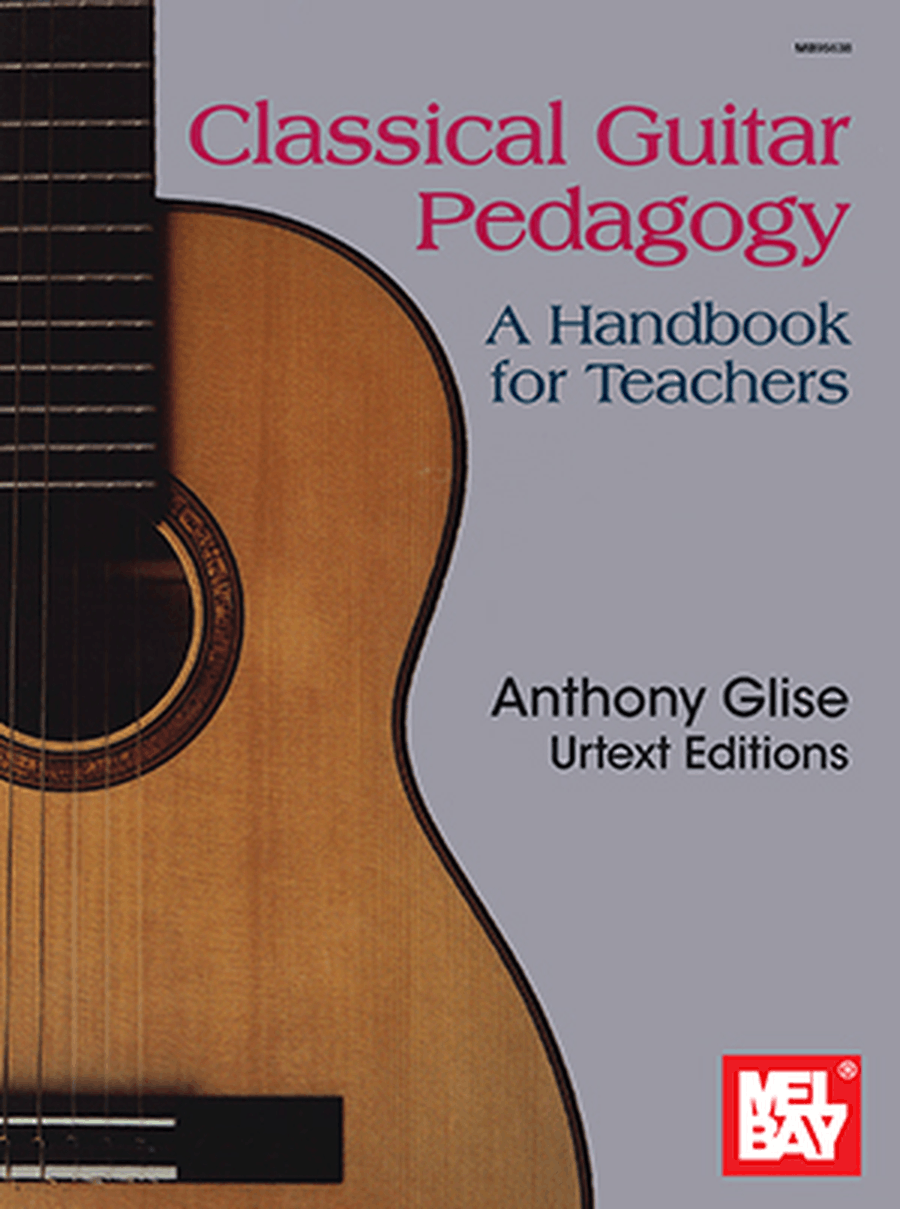
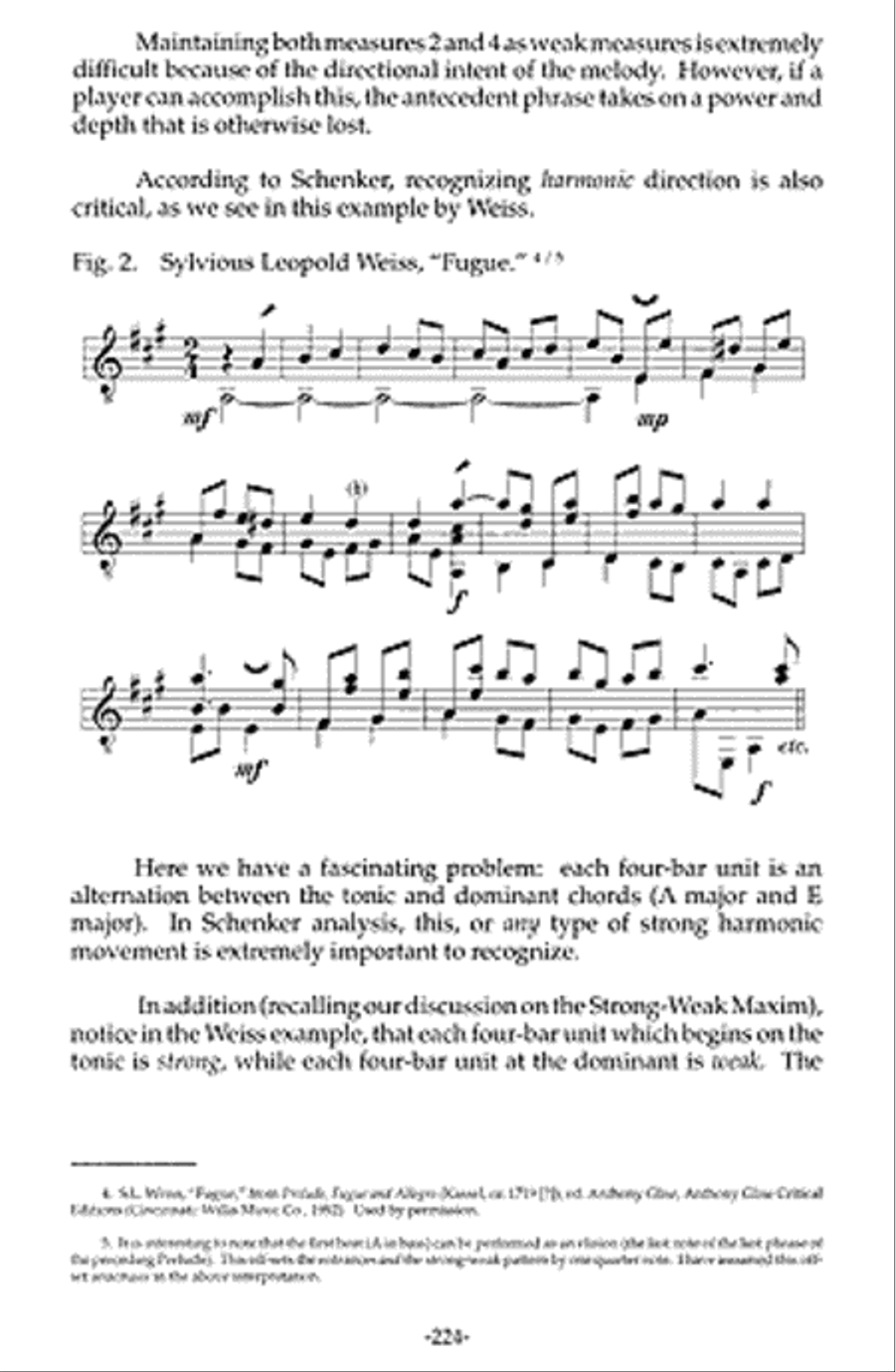
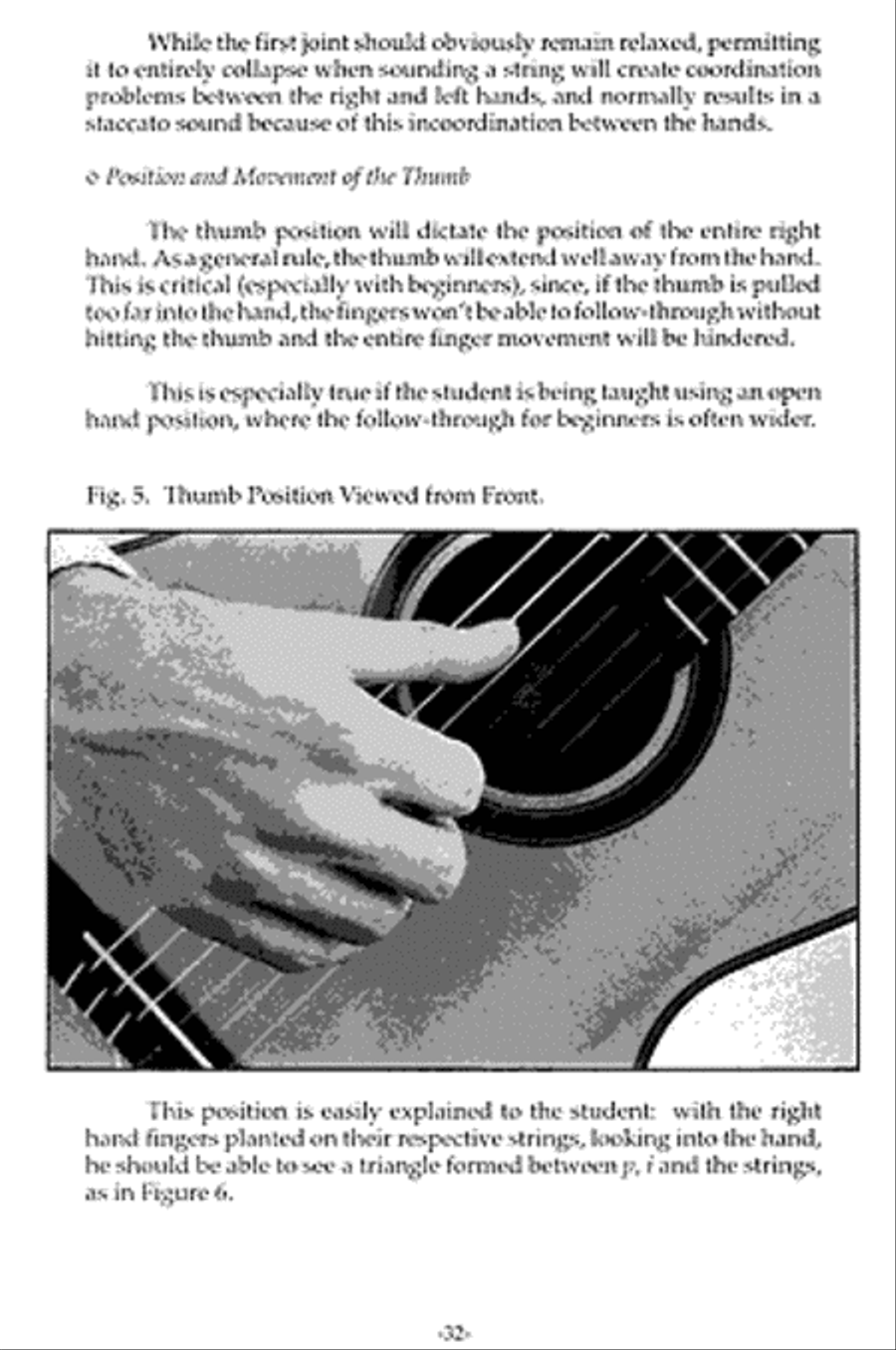
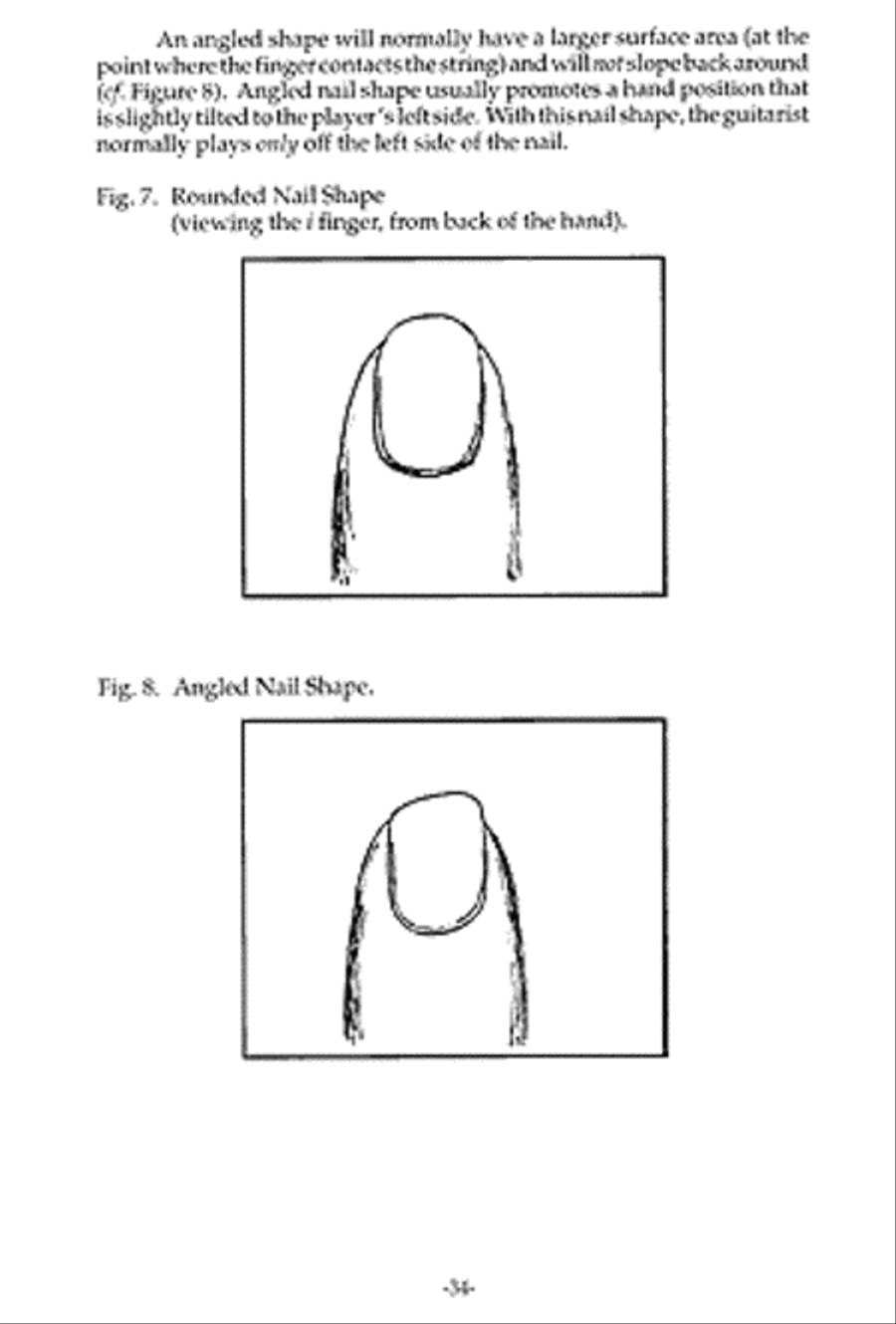
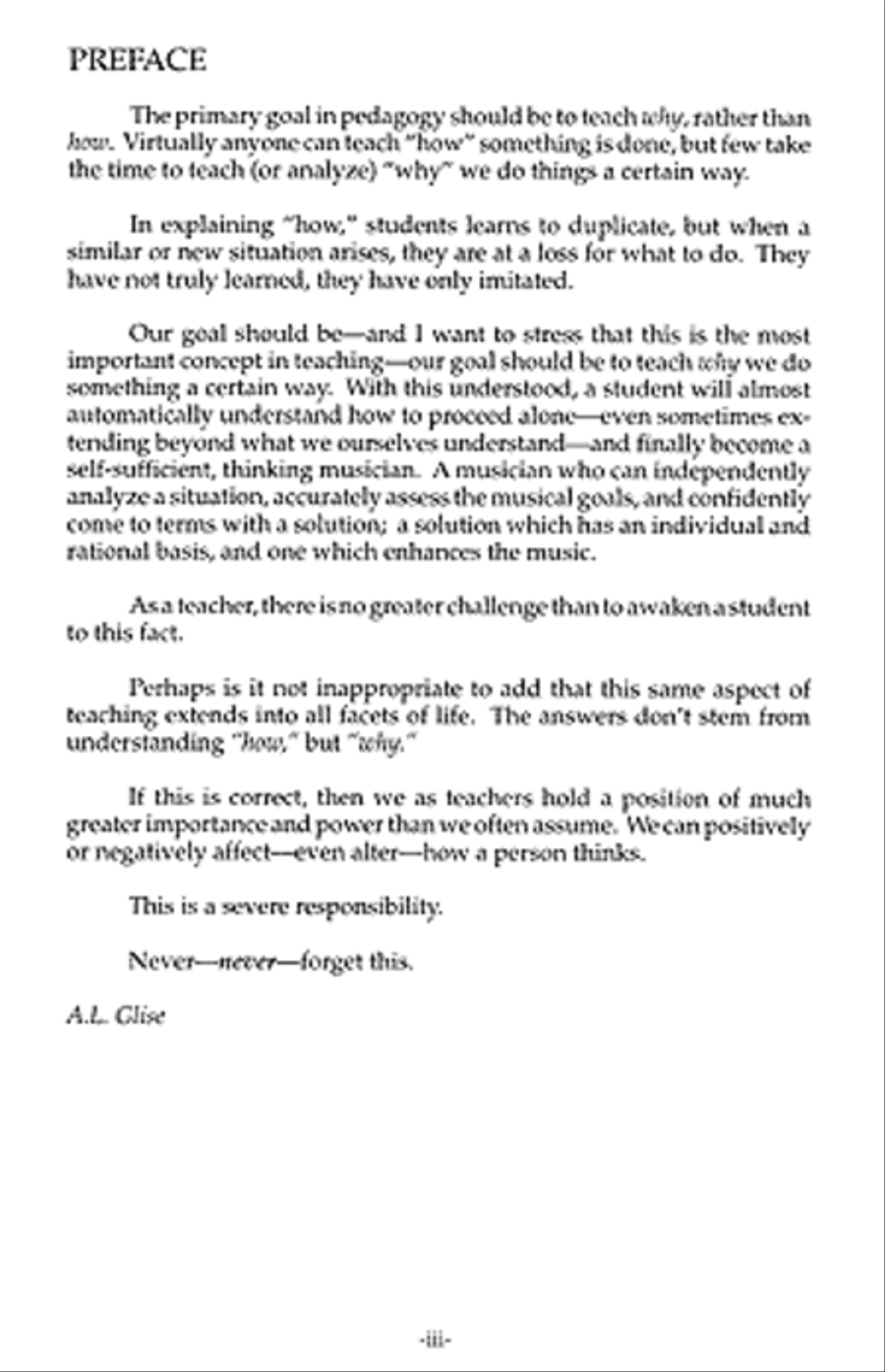
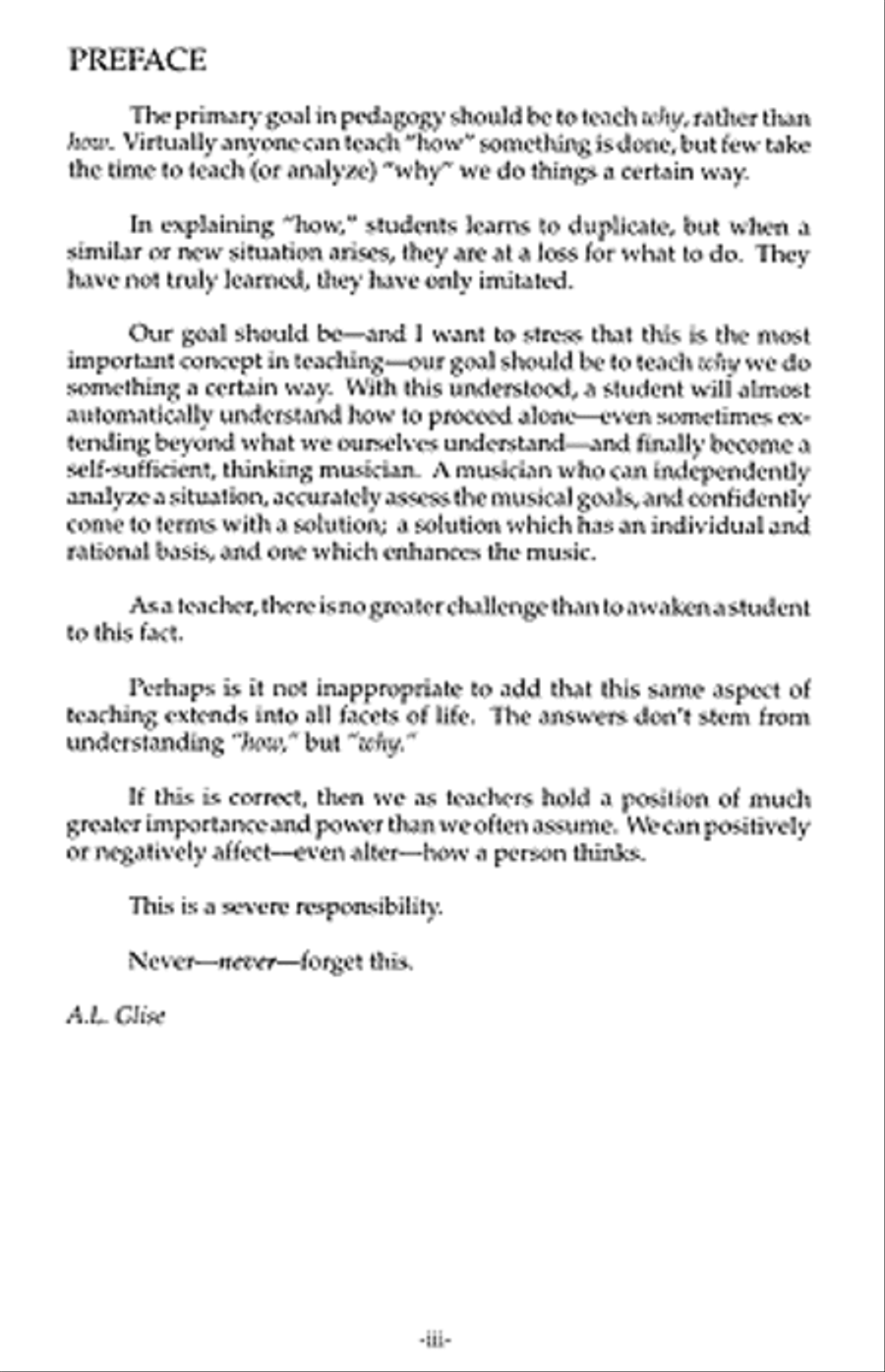
 Share
Share